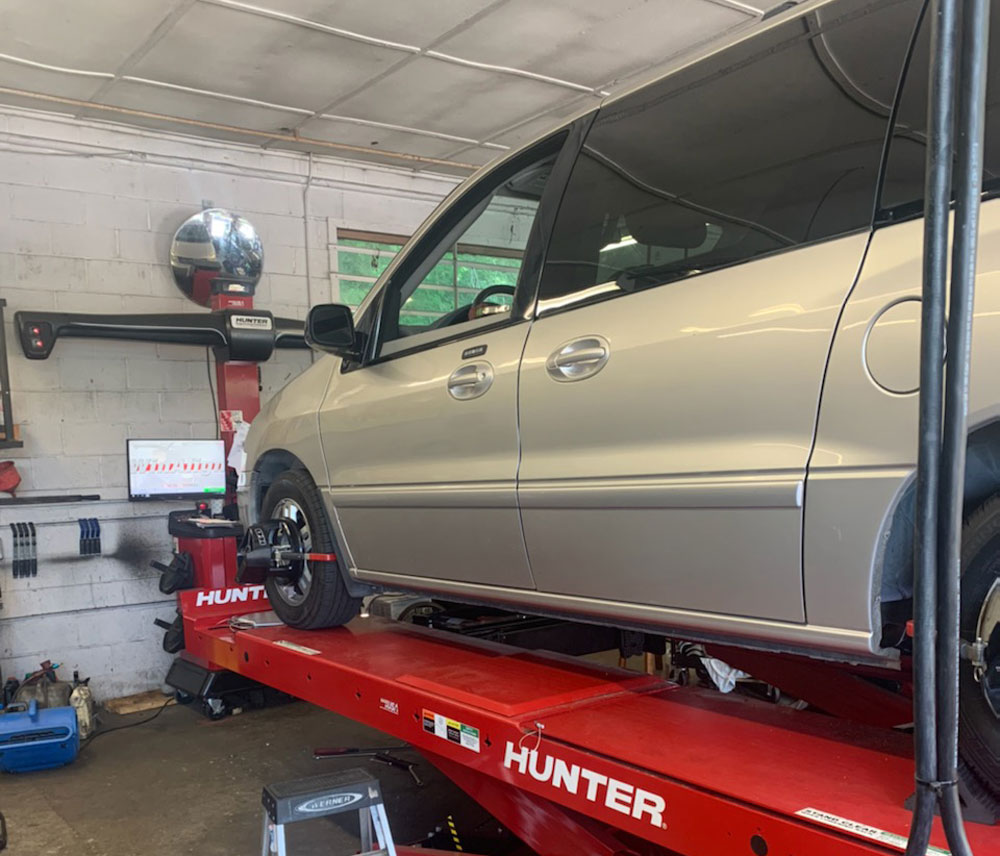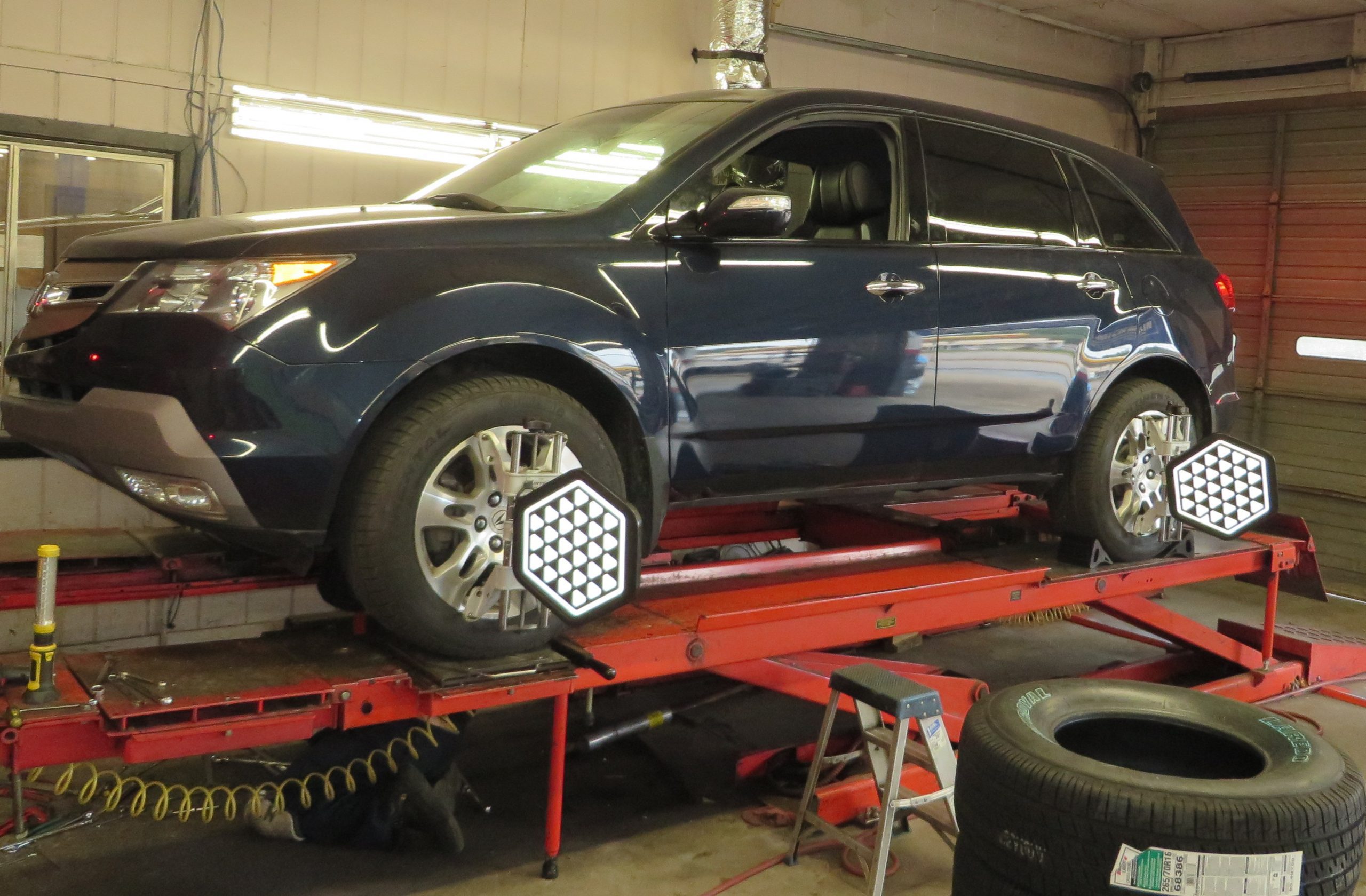Alignment Misconception #1
“My car doesn’t pull or drift so the alignment must be okay.”There are multiple tire angles involved in a proper vehicle alignment. Some can cause the vehicle to pull while others may result in uneven tire wear but no pull. In fact, it’s not unusual for a vehicle to have severely uneven tire wear and no pull. On the other hand, a car could have a strong pull and no irregular tire wear.
For more information about tire angles and pulling check out our alignment services page.
Alignment Misconception #3
“My vehicle is vibrating at high speeds so the alignment must be off.”It’s highly uncommon for alignment problems to result in shaking or vibrations. While a worn suspension component could potentially be behind such issues, the actual alignment is seldom the culprit. At Brown’s Alignment, we meticulously inspect the suspension of every car before performing an alignment, ensuring any worn or loose parts are identified and addressed.
Alignment Misconception #5
“I have a two-wheel drive car so I only need a two-wheel alignment.”Whether two-wheel or four-wheel alignment is needed isn’t determined by the number of drive wheels. It’s determined by whether the vehicle has built-in rear adjustments. Numerous two-wheel drive vehicles include rear adjustments, though these built-in adjustments differ between manufacturers and models. When a vehicle has rear adjustments, the alignment process involves adjusting the rear first and then adjusting the front in correlation with the rear alignment. Our cutting-edge computerized Hunter alignment machine analyzes the position of all four wheels on your vehicle, identifying the necessary adjustments automatically.
Alignment Misconception #2
“I have new tires so the pull I feel must be caused by misalignment.”Tires frequently serve as the origin of a pull, whether they’re new or old. A new tire with a defect may lead to a more severe radial pull than one induced by misalignment. Higher-quality tires are less prone to experiencing or developing a radial pull. On the other hand, older tires can suffer damage from impacts or punctures, leading to internal tire damage and a potential radial pull or drift. Additionally, it’s important to note that most roads are crowned or sloped for water runoff, contributing to the possibility of a drift. See our tire page for more information about tires.
For more information about tire wear, check out our tire page.
Alignment Misconception #4
“My steering wheel is not straight so my alignment must be off.”This statement is accurate, but a bit of clarification is needed. Toe adjustments are used to establish the total toe (the combination of left and right sides) and to center the steering wheel. However, the actual alignment of the steering wheel is largely cosmetic. A steering wheel can be off-center while still maintaining total toe within the manufacturer’s specifications. In simpler terms, the steering wheel’s alignment may be skewed, yet tire wear remains even.
A crucial point to emphasize is that any change in the steering wheel’s position, unrelated to alignment, likely indicates a negative impact on the alignment itself.
Alignment Misconception #6
“My tires have persistent wear because my alignment won't hold.”Persistent tire wear issues? Some repair shops simply adjust the toe when performing an alignment while neglecting camber and caster angles. “Set the toe and let it go” is a quick alignment fix, but may not correct the underlying cause of alignment-related tire wear. If your car’s camber is not built to be adjustable, corrective kits are available. While many shops may not be equipped or experienced enough to provide these repairs, Brown’s Alignment specializes in the installation of these kits. Don’t overlook tire maintenance; even with perfect alignment, regular pressure checks and rotations are crucial for even wear.


